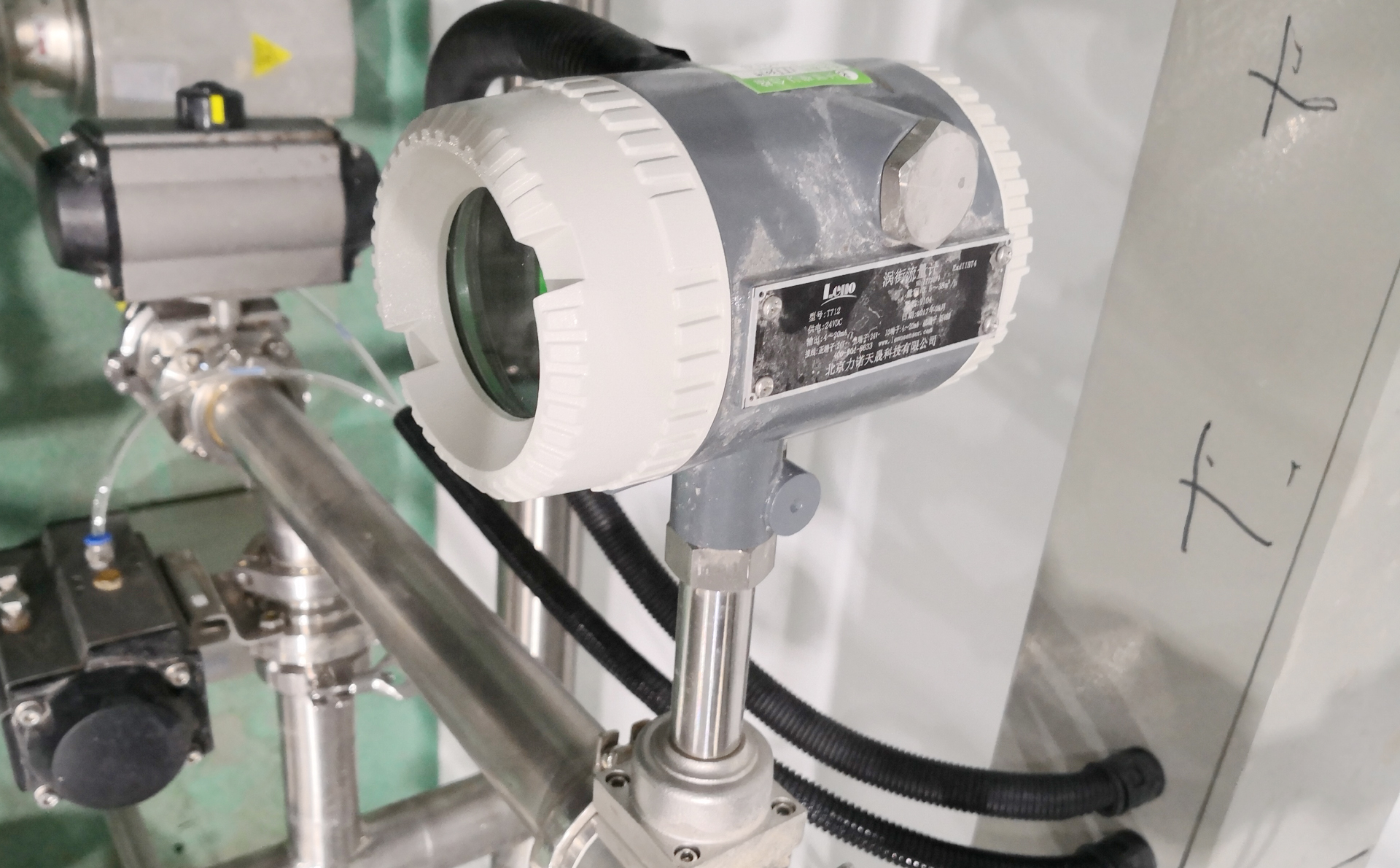Common industrial thermal resistance mainly includes:
1. Platinum thermistor: It is widely used to measure the temperature in the range of - 200~850 ℃. In a few cases, the temperature can be measured to 1K at low temperature and 1000 ℃ at high temperature. Its physical and chemical properties are stable and reproducible, but the price is expensive. Platinum thermistor has an approximate linear relationship with temperature. Its graduation numbers mainly include Pt10 and pt100.
2. Copper thermal resistance: It is widely used to measure the temperature in the range of - 50~150 ℃. Its advantages are that high-purity copper wire is easy to obtain, cheap, good interchangeability, but easy to oxidize. Copper thermal resistance is linear with temperature. Its graduation numbers mainly include Cu50 and Cu100.
Armored thermal resistance is developed on the basis of armored thermocouple. It is processed by combining thermal resistance, insulating material and metal sleeve. Its characteristics are that the overall dimension can be very small (the minimum diameter can reach 20 mm, so it has fast reaction speed, good mechanical performance, vibration resistance and impact resistance, good flexibility, and is not easy to be eroded by harmful media.
Before using the thermal resistance temperature sensor, check its good ring. The simple inspection method is to take the thermal resistance out of the protective tube and measure its resistance with a multimeter. If the reading of the multimeter is "O" or the reading of the multimeter is less than R0, the thermal resistance has been short circuited, and the short circuit must be found for repair; If the reading of the multimeter is "oo", the thermal resistance is disconnected and cannot be used; If the reading of the multimeter is higher than the resistance of RO, the thermal resistance is normal.
If the resistance value of the thermal resistance temperature sensor is incorrect, the resistance wire should be increased or decreased from the intersection of the lower end point instead of being adjusted from other places. After complete adjustment, the resistance wires shall be arranged in order, without touching, and shall be wrapped as is. The repaired thermal resistance can only be used after passing the verification.
When installing the thermal resistance temperature sensor, its insertion depth shall not be less than 8~10 times of the outer diameter of the thermal resistance protection tube, so as to increase the heating part of the thermal resistance as much as possible. The thermal resistance shall be installed vertically as far as possible to prevent bending and deformation under high temperature. In order to reduce the error caused by radiant heat and heat conduction during the use of thermal resistance, the surface of protective sleeve shall be close to the temperature of measured medium as far as possible, and the black coefficient of thermal resistance protective sleeve shall be reduced.
When the secondary instrument matched with the thermal resistance is used to measure the temperature, the thermal resistance is placed at the site where the temperature is measured, and the secondary instrument is placed in the operation room. If the unbalanced bridge is used for measurement, the wires connecting the thermal resistance are distributed on one arm of the bridge circuit. Since there is usually a long distance between the thermal resistance and the instrument, the resistance of the two connecting wires will be added to one arm of the unbalanced bridge together with the change of the thermal resistance value as the temperature changes, resulting in large errors in the measurement. In order to reduce this error, the three wire connection method is generally adopted when the temperature measuring thermal resistance is connected with the instrument, that is, three wires are led from the thermal resistance. When the resistance value of the conductor changes due to the change of the ambient temperature, the resulting effects just cancel each other, so that the unbalanced voltage output by the bridge circuit will not change. The change of the resistance R1 of the other wire has only a very small impact on the bridge supply voltage, but it is within the accuracy range.

 Precautions for installation of pt100 temperature sensor
Precautions for installation of pt100 temperature sensor
